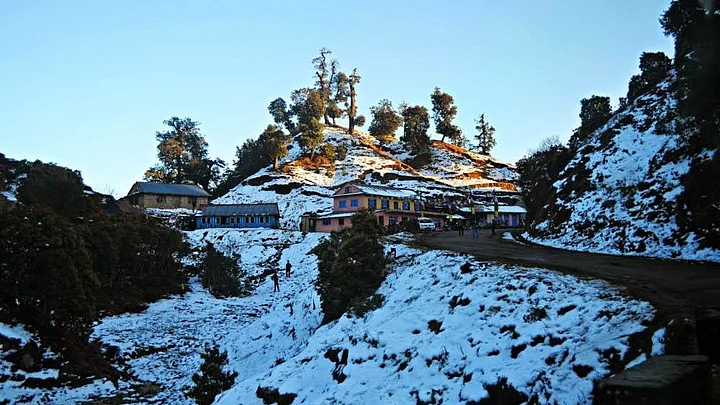Nepalese media is reporting that eight Indian tourists, who were staying at a resort in Daman, a tourist attraction located in the Makawanpur area of Central Nepal, have allegedly died due to asphyxiation caused by using gas heaters in their room.
After being found unconscious in their hotel rooms, they were airlifted to a hospital in Kathmandu, where they were declared dead upon arrival.
The eight deceased - two couples and four children - were part of a group of 15 people who had travelled from Kerala to Nepal for a holiday. The hotel manager told media they had turned on a gas heater in one of the rooms to keep themselves warm with all the doors and windows bolted inside.
All these Indians hailed from Chengottukonam in Thiruvananthapuram.
While more details will be available as the story unfolds, here's what the medical community has always maintained about using gas heaters in rooms.
What is a Gas Heater?
A gas heater heats a room by burning LPG or other gases like propane and butane. Their non-dependence on electricity make them quite popular in tourist destinations.
But the most important fact (which is usually ignored while installation) is that gas geysers should ONLY be set up in areas with proper ventilation and NEVER in a confined space.
Reason?
Lack of proper ventilation in rooms causes the carbon dioxide gas released by the heater to convert into carbon monoxide (as the oxygen is consumed by the person).
The main issue with carbon monoxide is that it is a colourless and an odourless gas. So, mostly people do not even realise that they are inhaling it.
Some of the symptoms of carbon monoxide poisoning are:
- feeling tiredness
- feeling a shortness of breath
- having headaches
- feeling dizziness
- suffering from nausea
- weakness
- confusion
- chest pain
While the symptoms depend on the quantity of the gas inhaled, it can lead to various health ailments including seizures, loss of consciousness, hypoxia (deficiency of oxygen reaching the tissues) and even death.
Pointers for Safety
- Gas heater should be serviced regularly to check for leaks.
- Have the gas heater serviced at least once every two years
- Make sure to follow operating instructions on the manual.
- Keep heater clear of furniture and don't place items on top.
- Be aware of symptoms of carbon monoxide and seek medical attention when needed.
- Make sure any permanent ventilation points on your heater are free of blockages.
- If your heater has no exhaust pipe, ensure the room remains well ventilated.
(At The Quint, we question everything. Play an active role in shaping our journalism by becoming a member today.)
